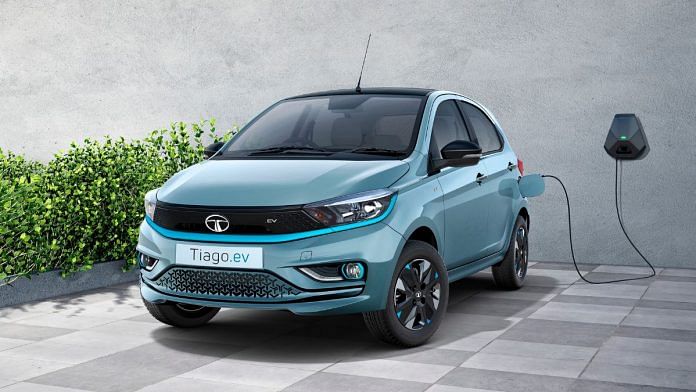The Geological Survey of India recently announced that they had ‘found’ minerals bearing Lithium deposits, or ‘Lithium inferred deposits’ in Reasi district of Jammu. Even more impressively, the resources are estimated to contain around 5.9 million tonnes, which if confirmed would give India some of the world’s largest proven deposits of Lithium after Australia, Bolivia, Chile and China.
And you do not really need all that much Lithium in a battery. If you remember the periodic table from your high-school chemistry, you would know that Lithium is the lightest metal. Thus, an average ‘AA’ Lithium-Ion cell uses just a couple of grams of the element. On cars, a nominal Lithium-Nickel Manganese Cobalt (LiNMC) battery uses just 70 grams of Lithium per kilowatt-hour. The increasingly more common Lithium Ferro-Phosphate (LFP) cells used nowadays use slightly more Lithium, but are cheaper to produce.
So any which way you look at it, the huge amount of Lithium found in Jammu would power the entire Indian automotive industry as well as fulfill the needs of the consumer electronics industry for a century. And that does not preclude the possibility of even more Lithium being found elsewhere in India. This will do much to assuage the fear that following India’s constant dependence on importing crude oil from petro-states to keep the arteries of the economy running, the country would become dependent on new ‘electro-states’ such as China, which dominates Lithium refining and battery making.
But to be clear, China will continue to dominate battery making for electric vehicles. By building up a massive industry, ring-fencing the resources needed to make batteries including Lithium, Chinese companies own the largest Lithium mines in the world situated in Australia. China has managed to accelerate local demand for electric vehicles. In 2022 alone, the country sold 6.89 million ‘new energy vehicles’ (NEVs), and in the process, it has developed local champions such as BYD Corporation, a company that controls the entire value chain — from refining lithium to making the cells and then the finished products. BYD has even entered the Indian passenger car market with the Atto-3 SUV. But most importantly, BYD and CATL, another Chinese Lithium-processor and battery manufacturer, are taking massive strides in developing and patenting new technologies. BYD manufactures their Lithium-cells using a process called ‘Blade Technology’ and BYD Blade cells are not just used by BYD but also the likes of Toyota and Mercedes-Benz.
Also read: Hyundai’s IONIQ5 — the smart-looking SUV is competitively priced & has solid regeneration
The Lithium rub
And therein lies the rub. India cannot just extract Lithium, it will have to work overtime to refine the deposits. And both these processes are extremely ‘dirty’. I expect there to be an environmental furore around extraction and refining. However, this will develop core technologies and skills among Indian companies. One great hope in India, before this Lithium discovery, was around a potential alternative chemistry that is Sodium-Ion technology. Sodium is much more easily available (in the sea) and while it has issues around energy density, it would be cheaper than importing billions of dollars-worth of Lithium-Ion batteries. Reliance Industries even invested in a start-up in this area. But most of the breakthrough work on Sodium-Ion batteries is being done by the aforementioned Chinese firm, CATL.
If sensibly extracted, the deposits could be a game changer for a country poor in traditional energy resources other than coal. The automotive industry, from two-wheelers to passenger cars and commercial vehicles, is shifting toward electric motion. Sure, nowhere near the numbers that China is achieving but EVs dominated the stands of carmakers at the Auto Expo and India has already — in the likes of Ather Energy and Ola — developed some local champions.
But India needs more such champions that develop own technology. And while we are doing a fantastic job in writing the software code that is powering the electric vehicle revolution across the world, this new find of Lithium should not just be a ‘feel-good’ factor. It must be used to develop the entire electric vehicle and energy storage ecosystem in India. Discovering oil in the twentieth century did allow nations such as the United Arab Emirates to transform themselves into a global commercial and transportation hub — a city like Dubai doesn’t depend on oil anymore. But many more countries have been cursed by crude, squandering the resources that they were blessed with.
China has already run off on the Lithium front, but there is no reason that if we judiciously use what we have discovered, we can catch up and we can be self-reliant, making a world of difference to our future.
@kushanmitra is an automotive journalist based in New Delhi. Views are personal.
(Edited by Anurag Chaubey)



